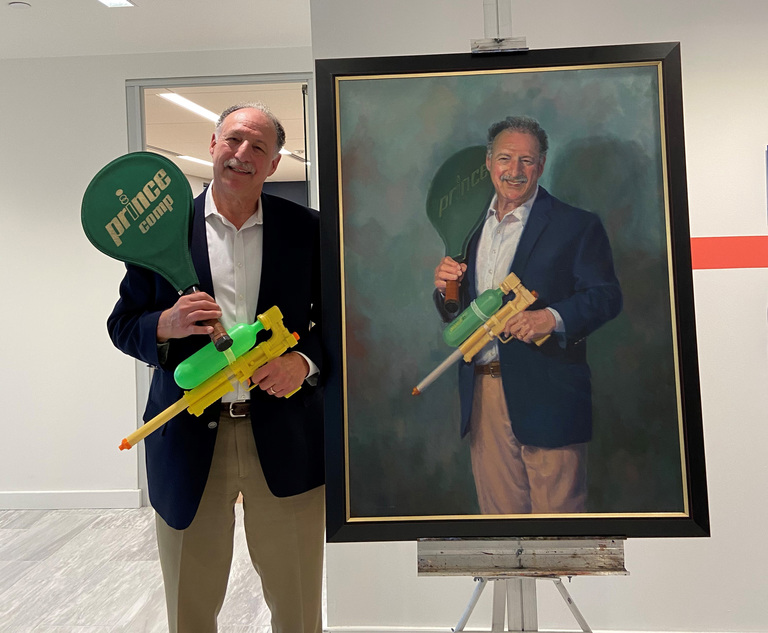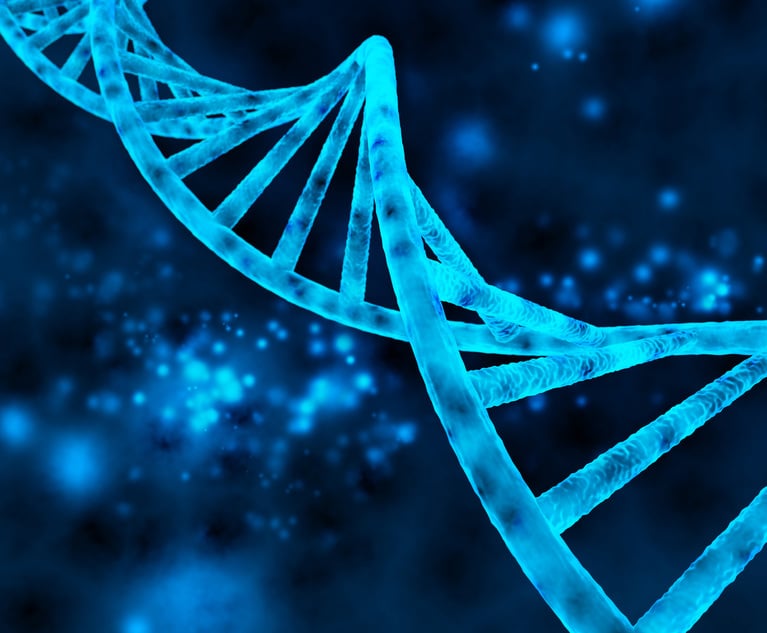In recent years, one of the most important and controversial developments in U.S. patent law relates to the standard for whether an invention is “patent eligible,” or in other words, whether an invention falls within the scope of subject matter that is capable of being patented. Through the late 1990s and into the 2000s, for most kinds of patents, patent eligibility was not really a concern for patent holders. Certainly, as exemplified first by the U.S. Court of Appeals for the Federal Circuit’s decision in State Street Bank & Trust v. Signature Financial Group, 149 F.3d 1368 (Fed. Cir. 1998), and later the U.S. Supreme Court’s decision in Bilski v. Kappos, 561 U.S. 593 (2010), the patent eligibility of business method patents and software was an issue both in the prosecution and enforcement of patents. However, widespread uncertainty about and ultimate decimation of issued patents was nothing compared to what we have seen in the last five years since the Supreme Court’s decision in Alice v. CLS Bank International, 573 U.S. 208 (2014), which was the culmination of a series of decisions after Bilski, including Mayo Collaborative Services v. Prometheus Laboratories, 566 U.S. 66 (2012), and Association for Molecular Pathology v. Myriad Genetics, 569 U.S. 576 (2013).
While some see the impact of Alice as a much-needed correction of “bad” and overreaching patents and rampant abuse by the patent system of nefarious “patent trolls,” others see the results of these judge-made standards as destroying the U.S. patent system and a tremendous setback for our country’s position as a leader in innovation. As such, in late May, Sens. Thom Tillis, R-North Carolina, and Chris Coons, D-Delaware, and Reps. Doug Collins, R-Georgia, Hank Johnson, D-Georgia, and Steve Stivers, R-Ohio, proposed a bicameral and bipartisan draft bill that would reform the patent eligibility standard in an effort to quell concerns about the adverse impact on U.S. innovation without reopening the floodgates to overreaching patents.


 Nicole D. Galli, Law Offices of N.D. Galli LLC.
Nicole D. Galli, Law Offices of N.D. Galli LLC.




